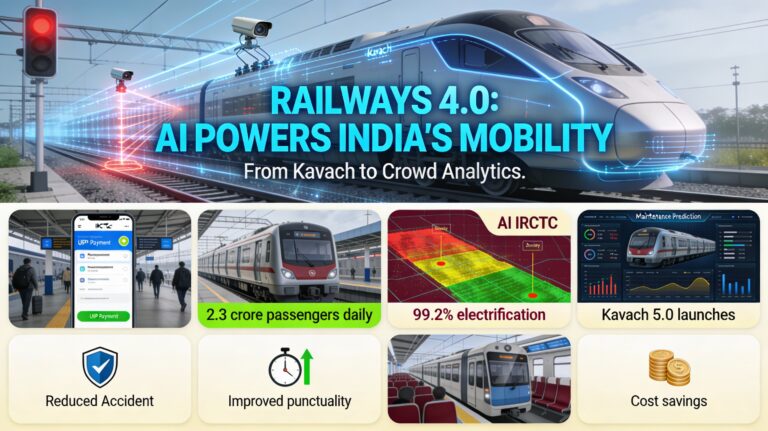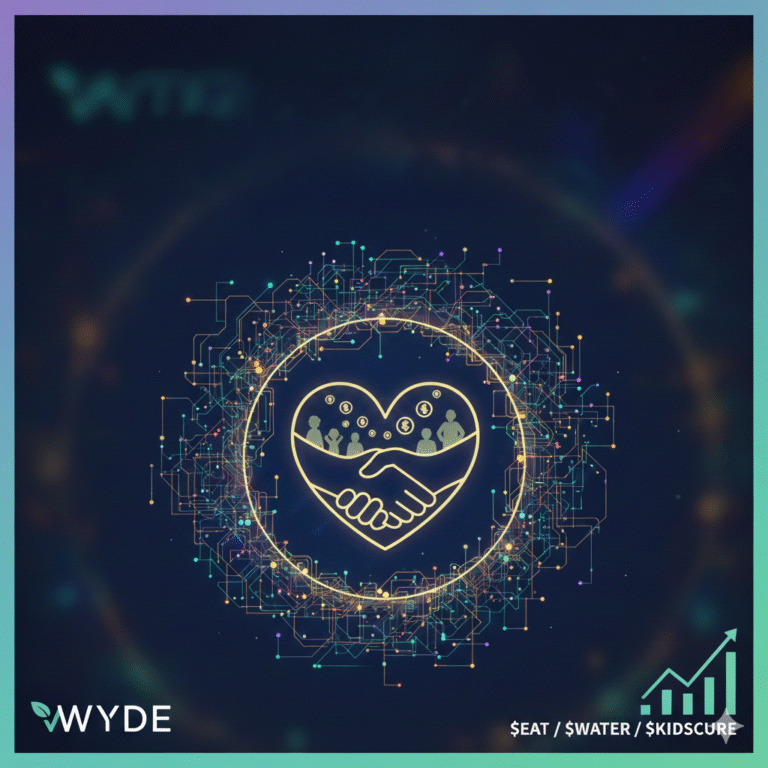In a moment that felt like science fiction made real, a humanoid robot in China walked across a graduation stage, shook hands with a professor, and received a certificate — just like any other student. Named Shuang Shuang or “Bright,” the robot wowed attendees at a Fujian high school graduation ceremony.
This event, while symbolic, is a strong signal of where robotics and AI in education are heading. It prompts a broader question: What happens when robots not only assist in learning but participate in human rituals of achievement? Let’s explore what this breakthrough moment means — not just for China, but for the global education and technology landscape.
Who Is Shuang Shuang — And Why This Matters
Developed as part of China’s growing ambition to lead in robotics and AI, Shuang Shuang (Bright) is not just a prototype but a symbol of national pride and possibility. With the ability to walk, shake hands, interact politely, and even “graduate,” it represents a leap in:
- Humanoid robotics design
- Human-robot social interaction
- Symbolic integration of AI into formal institutions
Though it did not actually complete coursework like human students, its appearance at a graduation is a gesture packed with meaning — it signals the entry of AI into the emotional and cultural spaces traditionally occupied by humans.
A Deeper Look: Why Robots in Schools?
China is no stranger to AI in classrooms. From facial recognition to monitor attentiveness, to AI-driven tutoring platforms, China’s education system is already infused with smart tech. But humanoid robots mark a shift from behind-the-scenes AI to front-and-center participation.
Why might this be happening?
1. Symbolic Integration
This staged graduation helps normalize the presence of robots as peers, not just tools.
2. Public Trust
Events like these are meant to build public acceptance for intelligent robots in everyday life.
3. Testing Human-Robot Interaction
These social experiments also test boundaries of comfort, ethics, and interaction norms between humans and AI.
Are We Ready for AI Classmates?
Globally, countries are grappling with how to responsibly integrate AI into education. Most EdTech advances focus on improving access and efficiency — like using ChatGPT for homework help or adaptive learning apps.
But humanoid robots go a step further. They bring:
- Embodied presence (they occupy physical space)
- Social cues (facial expressions, gestures)
- Autonomous learning capacity (learning from behavior and environment)
This combination raises key questions:
- Will children relate emotionally to robot classmates?
- Can robots understand human ethics, bias, or bullying?
- Should a robot “graduate” if it hasn’t struggled, failed, or grown?
Potential Benefits of Humanoid Robots in Education
- Personalized Learning at Scale
Robots can act as personalized tutors for underserved or disabled students. - Bridging Teacher Shortages
In remote or understaffed regions, humanoid teaching assistants could support education delivery. - 24/7 Learning Companions
They don’t get tired, distracted, or emotionally overwhelmed — potentially offering consistency. - Learning Empathy and Ethics
Ironically, teaching robots about ethics and emotions could make children more reflective about their own behavior.
Challenges and Concerns
- Dehumanization of Learning
Replacing or even equating human learning with robotic simulations might reduce the richness of real education. - Privacy and Surveillance
Humanoid robots with cameras and microphones could be used for data collection or behavioral monitoring. - Bias in AI Learning Systems
Without ethical checks, robots may reproduce harmful stereotypes learned from flawed training data. - Economic Impact on Teachers
Could a future of humanoid robots push teachers out of their jobs?
China’s Edge in Robotics and AI
China is racing ahead in building humanoid capabilities. Companies like Fourier Intelligence, UBTECH Robotics, and research labs backed by the Chinese government are pushing boundaries in:
- AI vision and speech
- Emotion recognition
- Real-time response generation
- Autonomous navigation
While the West debates ethics and governance, China’s state-led approach is focused on deployment and scaling.
The Global Picture: Robots in Schools Around the World
- South Korea: Trialed English-teaching robots in primary schools.
- Japan: Has robot receptionists and assistants in schools and eldercare.
- UAE: Uses humanoid robots to greet students and assist in labs.
- India: Institutions like Indus International School use robots to aid in teaching STEM.
It’s clear: Shuang Shuang is not an outlier — she’s a sign of what’s coming.
The Future of Humanoid Integration in Education
Experts predict a future where:
- Robots assist in multilingual instruction
- Children develop hybrid social-emotional skills with humans and machines
- AI becomes co-creator in classrooms — not just facilitator
The role of teachers may shift to emotional mentorship, creative design, and ethical guidance — while AI handles repetition and personalization.
Conclusion
Shuang Shuang’s “graduation” is more than a viral headline. It’s a symbol of how fast our relationship with AI and robotics is evolving. As humanoids enter not only our homes and hospitals but our ceremonies and schools, we must ask: Are we shaping them to be our helpers — or replacements?
The future classroom won’t just have blackboards and benches — it might have Bright, standing tall next to your child.









+ There are no comments
Add yours